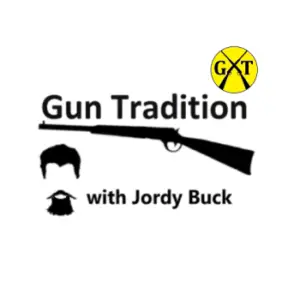I’m a shotgun hunter. With shotguns, weight makes the gun. Understanding how and why weight affects shooting is a major key to success.
A good weight for a full-sized shotgun is 8 pounds and a good weight for a youth shotgun is 6 pounds. Heavier shotguns recoil less and swing smoother, but can be cumbersome to carry. The stamina of the shooter, gauge of the gun, and intended use will dictate the best weight for your situation.
Weight is everything for shotguns and I can’t stress that enough. ultimately, the proper weight and balance of weight will determine how well you are going to like your shoutgun.
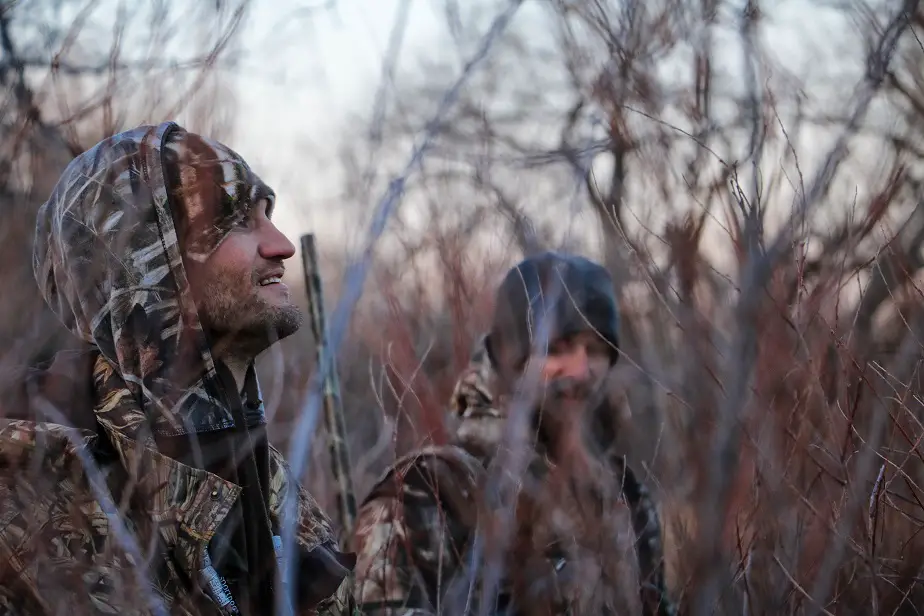
Average Weight for a Shotgun
The average weight of a typical shotgun is 8 pounds unloaded. That’d be for a 12 gauge. If we go down to 20 gauge, the average weight is 6.5 pounds. The Average .410 weighs 5.5 pounds. Now, we all know that averages don’t mean much. Case in point, a 12 gauge usually weighs between 6.6 and 10 pounds, depending on the style.
The only thing averages do is give us a starting point. different people like different weights, well because people are different. There isn’t just one mold of a hunter and shooter. We’ve got some diversity. A lot of the time, it comes down to the individual shooter and conditions.
For most shooters, it’s a question of arm strength and stamina. If your shotgun is heavier than you can steadily hold aim with, you aren’t going to ever consistently hit your mark. At the same time, if you’re carrying a heavy gun all day, it may wear you out before the day’s hunt is over.
Here’s a list of comon shotguns, their weight, and inended use.
| Model | Gauge | Weight | Use |
| Wichester SXP Field | 12 | 6 lbs. 14 oz | Upland Birds |
| Winchester SXP Field Youth | 20 | 6 lbs. 2 oz | Upland Birds |
| Mossberg 500 Hunting | 12 | 7lbs. 8 oz | Utility/Hunting |
| Mossberg 500 Youth Super Bantam | 20 | 5 lbs. 4 oz | Upland Birds |
| Benelli Nova | 12 | 8 lbs. | Utility |
| Benelli Nova | 20 | 6 lbs. 9 oz | Utility |
| Weatherby PA-08 | 12 | 6 lbs. 8 oz | Upland Birds |
| Mosssberg Silver Reserve | 12 | 7 lbs. 8 oz | Utility |
| Beretta 694 | 12 | 7 lbs. 13 0z | Trap |
| Savage 212 Slug | 12 | 7 lbs. 13oz | Large Game |
| Ithica Deerslayer III | 12 | 9 lbs. 4oz | Large game |
| Ithica Deerslayer III | 20 | 7 lbs. 4oz | Large Game |
| Winchester SPX Defender | 12 | 6 lbs. 8oz | Home Defense |
| Benelli M-4 | 12 | 7 lbs. 12oz | Tactical |
Heavier guns are preferred for high recoiling shells, or when you are doing high volume shooting. Lightweight guns are prefered for low volume shooting of lower power shells, and when you are carrying it all day. Small, lightweight shotguns are also common as home defense shotguns, to aid in maneuverability.
It should be noted, that cheap shotguns tend to be the lighter ones, while the more expensive models tend to the heavier side. That’s because to cut down weight means to use less material in manufacturing. For cheaper guns, it’s about price first, ease of function second.
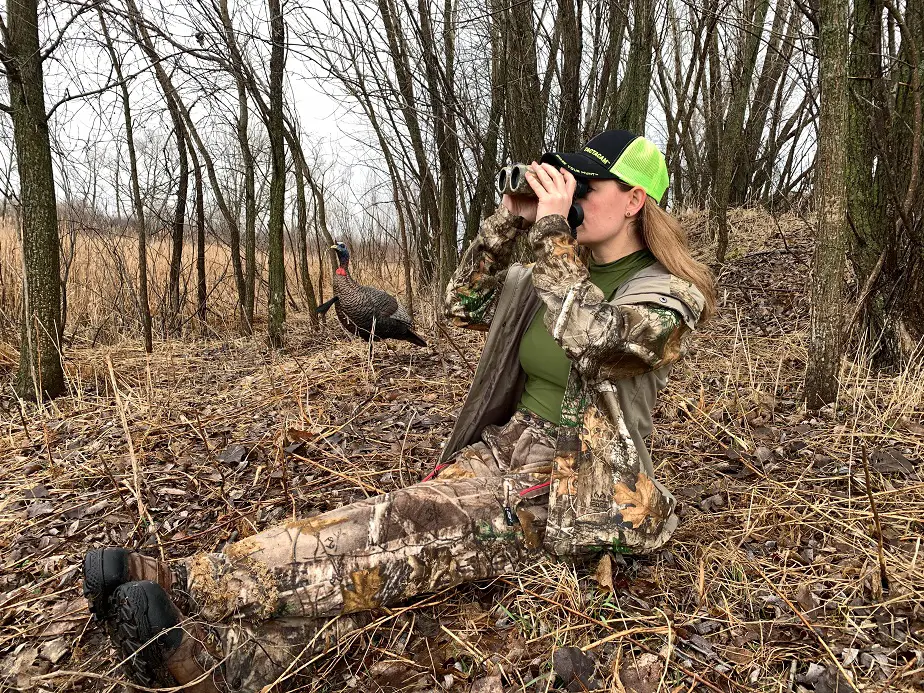
Best Weight for a Shotgun
The best weight for a true utility shotgun is 8 pounds, in my own opinion. That’s considering most shooters and all common uses for a shotgun. 8 pounds is a little bit heavy, but not too heavy for most uses. It’s still heavy enough to swing smoothly, and not have too much recoil. It’s not too heavy to carry all day in the field either.
My personal shotgun is 8 pounds unloaded. I just weighed it. I received that shotgun at 14 years old, for a birthday present from my dad. As a scrawny 140 pound teenager, the gun was a tad heavy, which made it a bit awkward at first. but I did decent on the skeet range with it and shot over a dozen ducks that year. It didn’t feel light, but never felt too heavy.
I still carry that shotgun everywhere; through duck swamps, grose groves, and deer hunting. My friend has an old double barrel shotgun. It’s 10.5 pounds. Even though it’s onlt two and a half pounds heavier than mine, to me it feels too heavy to be carried around all day. Even he has comented about tired arms long before I felt tired durring hunts.
I’ll also mention that he is always slower getting his gun up on a running rabbit than I. heavier guns are slower to mount against the shoulder and point toward game. They don’t wield well in the field.
Wait, I thought you just said heavy shotguns are favored by professional skeet and trap shooters. now you’re telling me that heavy shotguns don’t aim well?
That’s what I said. let me explain it. In the game of trap, there is a basic anticipated direction if the target, downrange. trap shooters also know which way the target will fly; away from them, on a soft upward arc. With skeet, shots come from all angles but are anticipated because the shooter knows the shot direction at each station.
Since they already know where the target will come from, where it will go, and how fast it will be, it becomes a game of reflex and muscle memory. All you have to do is swing smoothly, and heavy helps that. the weight also mitigates recoil during the 100 shots at professional competitions.
Hunting, on the other hand, is a different story. We don’t know where the animal will come from, where it will run, or how fast. It may even take a zigzag line instead of a straight path. there are also fewer shots fired. Hunting is often more a game of speed. but, there are times a heavy shotgun is better for hunting.
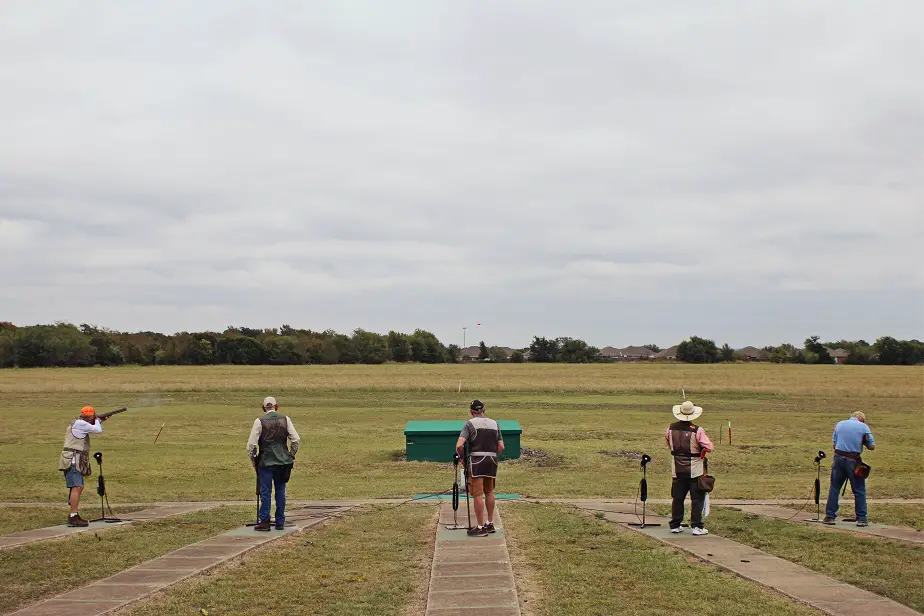
When to use a heavy shotgun
Heavy shotguns (over 8 pounds) are best used when firing a lot of shells, or when firing heavy game loads. Goose hunting is a great example of when a heavy shotgun is great. Goose hunting is a sitting game, you can set your gun on your lap. Goose hunters also use heavy, high-pressure loads which can make insane recoil.
Heavy guns can help with recoil considerably. If you want to save your shoulder, try a heavier sotgun. The same with duck hunting. You can see the birds coming and know thier flight path. You anticipate where to point and swing the gun, and the weight helps to have a smooth swing.
deer hunting shotguns are also a great option for heavier models, especially if you are hunting in a blind. You don’t have to carry it all day, just set it in the blind. When a deer comes up, you can use a rest or shooting stoic to help hold the heavy gun up. And, the weight helps your shoulder not ache from shootig those powerful slugs.
Basically, if you aren’t carrying it far, won’t be shooting a lot, or if you are shooting magnum loads, then a heavy gun is probably warranted.
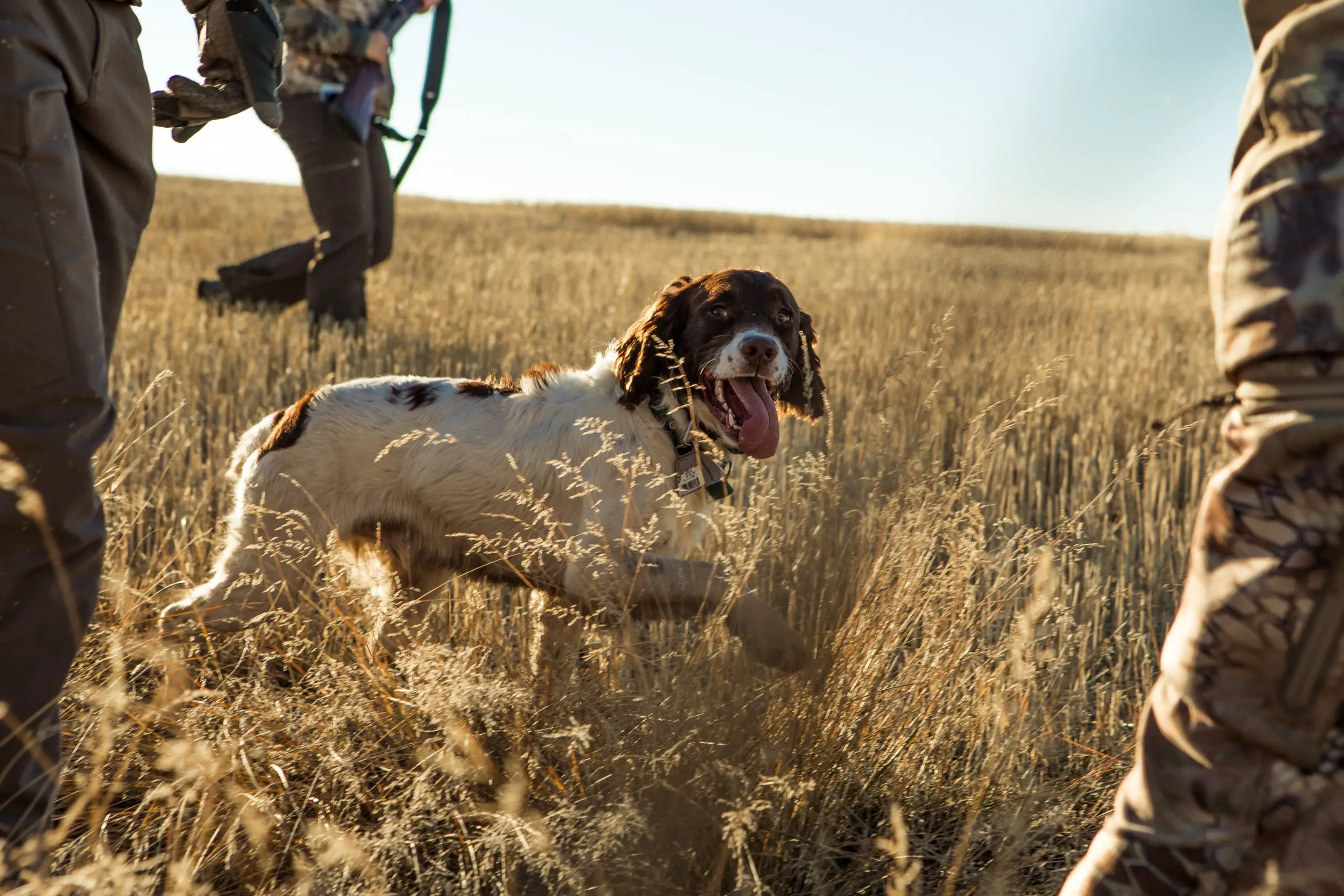
When to Use a Lightweight Shotgun
lightweight shotguns are usually called field shotguns. In reality, they generally mean upland bird hunting. I’m talking grouse, pheasants, quail; animals you generally walk all day for. I’d add rabbits and squirrels to that list. For this use, most prefer a lighter shotgun. something closer to the 6.5-pound mark.
The main concern is lugging the gun in your hands all day, over hill and around briar bush. It’s a tiring prospect and to many, every ounce counts. Plus the fact that this type of hunting is generally done with light to moderate power loads, creating less recoil than a magnum load. So, we don’t need to worry about mitigating recoil with a heavy gun.
Use a light weigt shotgun when the main concern is conserving stamina instead of heavy recoil or a smooth swing.
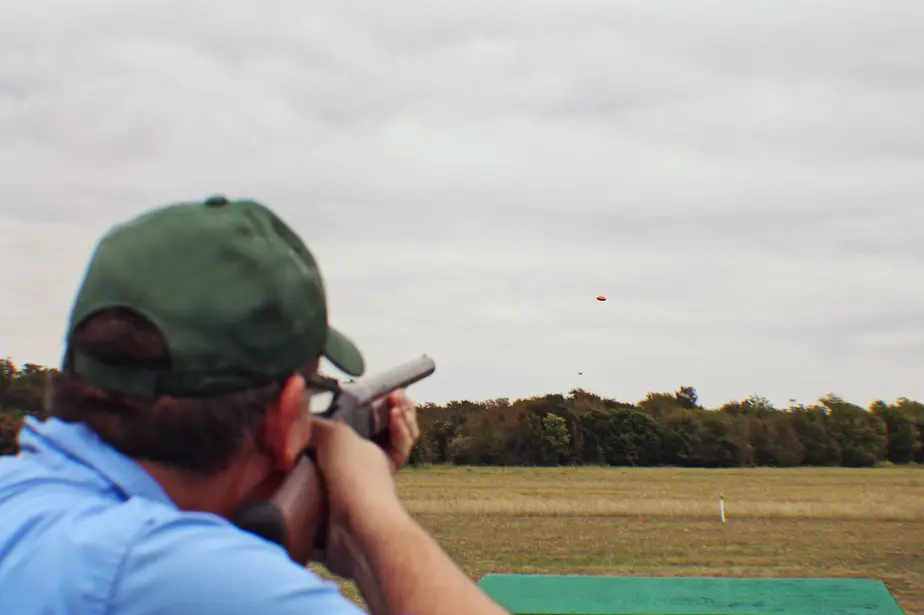
Best Balance for Shotguns
Balance is a fun topic. There are three main points of balance: front heavy, rear heavy, and center balanced. Front heavy guns have most of the weight on the forward hand. Rear heavy guns have most of the weigt on the firing hand. Center balanced guns guns fall confortablh somewhere in the middle. gra your shotgun and feel for it’s balance point.
Most skeet and trap guns are front-heavy. That helps with the smooth swing. your average utility shotgun is more center balanced, simply because it’s a good middle ground balance for most things. Tactical shotguns are generally rear-heavy. This gives the fastest mounting time and quickest maneuverability. There is generally very little swinging in tactical shotgunning.
The reason balance is a big deal is due to pivot. it’s the same principle I teach in my rifle classes. Your balance point is the natural pivot point of the gun. Where that lies determines how fast the gun can be shouldered and aimed, as well as how high the muzzle rises with recoil.
A rear-heavy gun comes up to the shoulder quickly and swings faster. It feels more effortless to manipulate. It will also have more muzzle flip, or recoil rise. Since the balancde (pivit point) is in the back, as the gun recoils, it will pivot the barrel high into the field of viev, blocking out the tatget zone for a moment.
A front-heavy gun is slower to mount and point, but since it’s pivit point is nearer the front, it the muzzle will rise less upon shootnig. That lets you keep a better eye on your target the while time. That’s what I prefer for deer hunting: a heavy barreled shotgun with a forward point of balance. That way I can keep a better eye on the animal after the shot.
Best Weight for Youth Shotguns
Most youth shotguns are around 6.5 pounds. Really, it depends on your youth. Is it a stocky strong lad, or a skinny guy lke me? Fair to say, between 6 and 7 pounds is right for almost any youth who shoulder a shotgun. We’re going lighter, because it’s for kids, but remember how lighter means more recoil?
A youth gun is generally 20 gauge or smaller, whereas a full-size shotgun is generally 12 gauge. since it’s smaller, we can go a bit lighter without having too much recoil. For the record, My harshest recoiling shotgun is my single shot 20 gauge weighing 5.5 pounds. It just slaps me when I shoot it. That’s too light for a good youth 20 gauge in my opinion.
If 6-7 pounds is too heavy, try a .410 shotgun. Those can be around 5 pounds without too much recoil. Still, it’ll have 7-10 pounds of recoil, or as much as an AK47. No way around it, shotguns are big recoiling guns.
